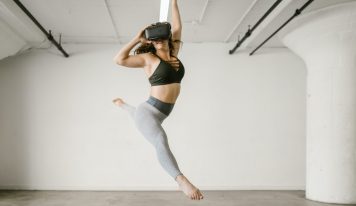What does an advertiser need to know in order to spend money on advertisements that will bring results for the business?
1. Get your objectives in order
Determine exactly why you need advertising
Before launching an ad campaign, ask yourself: why are you doing this and what do you want to gain from your ads?
Your business objective will be the objective of your advertisement campaign, and whatever your objective is, it will fit into one of two categories:
- brand objective: this is a goal such as ‘tell people about yourself’, ‘introduce your audience to your product or brand’, ‘promote a new line of products’ ‘make sure people can easily recognise your products in stores’. It’s all about knowledge and awareness of you and what you sell.
- direct response: this is where you want or expect specific actions from users (buying something, installing an app, establishing communication, making a call – anything that fits your goal).
Decided on your business objective? Now let’s make sure Facebook is on the same page.
Choose the appropriate advertising objective on Facebook
The first step of launching any ad campaign on Facebook is choosing its objective.

The important thing is that each button represents certain user actions that you (and Facebook) will use to determine if the objective has been accomplished. This is the campaign’s main metric; this is what you will invest your funds in and what you will use to measure the campaign’s efficiency in the end.

Spoiler: your objective should be anything other than likes and clicks. Measuring clicks and likes became a habit for advertisers when there just wasn’t a way to measure anything else. On today’s Facebook, it’s best to step away from likes.
Likes don’t show that the user remembered you and wants to buy your product. Users can click ‘like’ out of boredom, without paying any attention to the content. Many just like clicking pretty pictures on Instagram, and instantly forget what they saw.
What should you optimise for instead of likes and clicks? Each objective has its own actions.
If you have a brand objective
So you want people to find out about you and learn about your new product. When building brand awareness, the first thing to look out for is reach. The «Reach» objective allows you to tell something to as many people as possible; in general or, for example, in a certain area. This objective also allows you to set the desired impression frequency, as well as an impression limit per user.

You may work towards people remembering you or your ad. Choose the «Brand recognition» objective and optimise for ad recall lift – you can read about that here.

If you expect specific actions from users
For this objective there are a lot more variants, since the expected actions can be so diverse. The most popular actions are installing an app, visiting a website, buying something, filling out a contact form, or communicating through Messenger.
There are a lot of effective combinations of objectives and actions to optimise for, but here’s what you should definitely avoid doing:
- Optimizing for clicks: For example, when creating a campaign with the «Traffic» or «Conversion» objective, remember that the end action is not the user clicking, but rather viewing the landing page or interacting with your product in some way. Choose this action, not just a click.

- Optimizing for impressions: choosing this means that you tell the algorithm that you want the maximum amount of impressions and will pay for their amount, not for an actual business result.

Dig even deeper: even if you optimise for the beginning stages of a user’s path towards purchasing you product (eg, viewing the landing page, installing an app, etc), your site/app has to track events further down the funnel (shopping cart/purchases, leads) using Pixel/SDK. These signals help Facebook’s algorithms determine the audiences that will be more interested in your app and potentially bring you more profits.
2. Audiences
In a nutshell: narrower is not better.
It used to be that thought-out interest-based targeting was the best (read: only) way to reach your target audience. Today, Facebook’s algorithms have proven to be better at finding potential buyers than detailed manual fine-tuning.
Out of the available targeting options (engagement custom audiences, broad audiences, and interest targeting) the least effective is the latter (detailed targeting). For small businesses, detailed targeting is 1.5 times more expensive than Lookalike, and for business giants – 2.2 times more expensive than broad targeting.

Why is this? Interest for a topic or product does not guarantee a desire or opportunity to make a related purchase. By using interests to limit your audience, you don’t allow Facebook to find prospective clients in other groups.
To solve the whole problem with one click, turn on advanced targeting.
3. Placements
Once again the way to go is to rely on the algorithms; the most effective variant is automatic placements.
Facebook searches across all its platforms for users within your target audience and chooses placements where it is currently easier to reach the customers you need to reach.

For example: somebody looks through Instagram Stories often, but never reacts to ads there. However, they actively interact with announcements in their feed. You might not have realised this, but the algorithms saw it.
If manual fine-tuning is required, use no less than four placements and never create separate campaigns or ad sets for Instagram and Facebook.
4. Creatives
The main rule in 2020 is that any creative you make must not be horizontal, and any video must not exceed 15 seconds. Nowadays, the trend towards consuming content on mobile devices requires no explanation. The fact is no one will watch a long horizontal clip on mobile that is incomprehensible without sound.











